The idea of making a full frame camera with reasonable features that are sufficient for most photographers was floating around for years and has been discussed in online communities. I remember a huge number of posts like this: “I wish I had a full frame like the X, with speed like the Y, with lots of focus points like the Z, plus a small size, and for 30,000 Dollars – then this would definitely be my favorite camera”. I don’t know when the last on this wish list will come true, but all my other dreams have, in my opinion, been realized in the Nikon D600…
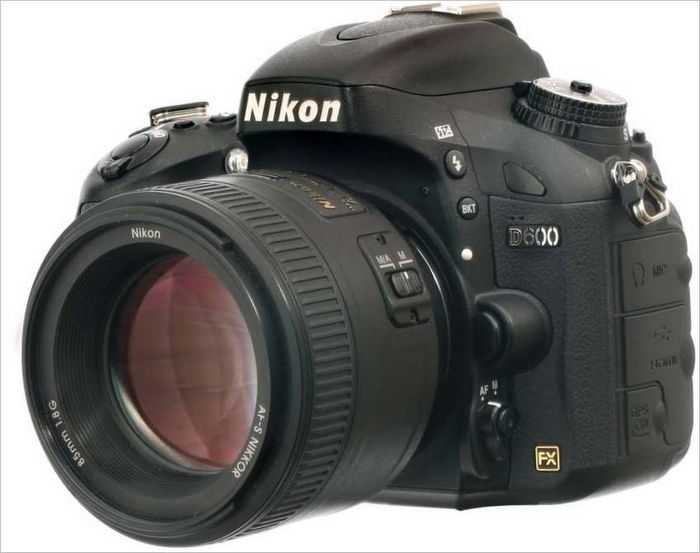
Technical Data
Sensor – CMOS sensor 35.9×24 mm, Nikon FX format, resolution up to 24.7 million. pixels.,
Lens – interchangeable, Nikon F mount,
Image stabilization – in some high-end Nikkor interchangeable lenses,
Dust proof – automatic and compulsory dust extraction,
Viewfinder-optical, 100% viewfinder, electronic overlay,
8 cm diagonal 921,000 pixels,
Focusing – auto and manual, 39 focus points, autofocus by contrast in Live View mode,
Shutter speed ranges from 1/4000 up to 30 seconds, hand-held shutter speeds,
Shooting modes – P, A, S, M, 2 fully automatic and 19 specialized automatic programs, 2 user settings, mode
Multiple exposures, HDR mode, D-lighting mode,
Exposure metering – 3D matrix metering, center-weighted metering with adjustable center circle, spot metering,
Flash built-in flash, Guide number 12, 1/200-sec flash sync time,
Sensitivity – from 50 to 25,600 ISO,
Picture formats – RAW 12 or 14 bit, RAW+JPG, JPG of 12 sizes and compression types,
Memory cards – SD, SDHS, SDXC,
Continuous Shooting – up to 5.5 fps, with flexible settings from 1 to 5 frames. Adjusting burst length,
Video – Full HD with auto, manual focus, manual and automatic modes of exposure and white balance, interval shooting with the possibility of recording the final video. MOV final format,
Interfaces – USB, HDMI, connector for additional devices,
Power – battery EN-EL15, 7,0 V, 1,9 Ah.,
Dimensions – 141×113×82 mm,
Weight 850g with battery and memory card, without optics ,
Recommended retail price – ~ 82 990 Dollars.
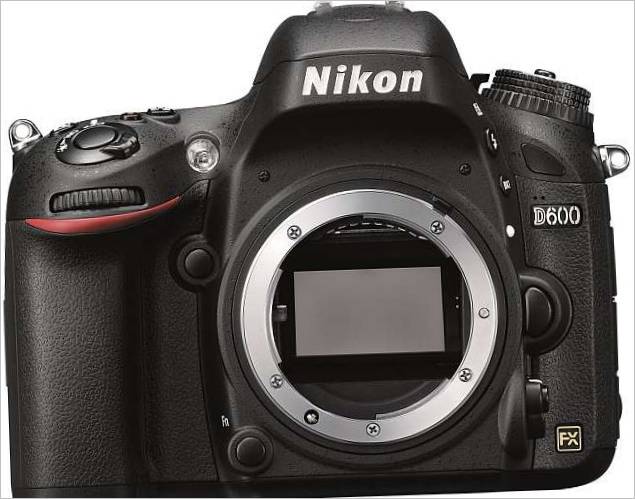
Introduction
In the last few years in the evolution of digital SLR cameras there are several notable features. First of all, the “megapixel race” has stopped. Nowadays the number of pixels per sensor has become enough to achieve great results in cameras of any level – from entry level to professional. Gone are the problems of accurate focus.
Many amateur models on the market today have increased the continuous shooting speed, reaching professional values. There is one parameter that still separates the serious, reliable and innovative cameras of the top professional segment from the so called amateurs – the sensor size.
The dream of many photographers – cameras with frame size of 24×36 mm in photographic slang – “full frame” – was created first of all for professional commercial photography, they were equipped with many specific features, they had a potential for hard work in adverse weather conditions. It was in conjunction with this camera that the potential of good interchangeable optics was revealed.
These cameras had the highest price tag and were at the top of the price list of trade offers. Amateur photographers-enthusiasts had to buy such cameras to enjoy the delights of a full frame, seriously overpaying for their professional features.
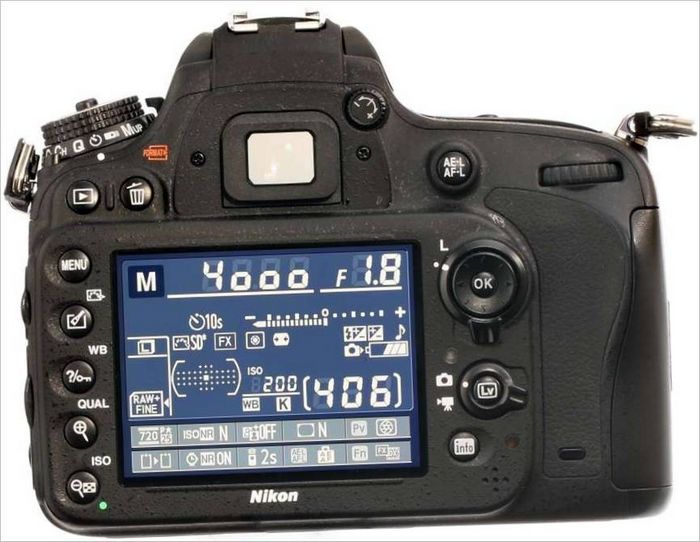
Features of the D600
The so-called people’s full-frame Nikon D600 is a fairly compact and lightweight camera with serious capabilities and an extensive feature set. Even the appearance of the camera shows that its creators have not made an artificial reduction in functionality, as it happens when you look at a similar model of competitors. Of course, the Nikon D600 will appeal to the photographer not for its size and buttons, but for the quality of the picture and the setting options.
It should be noted that the pictures taken with the 24.7 megapixel full-format matrix allows you to print large size photos for interior decoration or display at the best exhibition sites in the country.
Further increases in sensor resolution will still be “eaten up” at the so-called last mile – in professional full-format photo labs. I’m not even talking about amateur photo printing “around the corner” or viewing on a computer monitor of average quality.
The body of the D600 is made of magnesium alloyed with aluminum, polycarbonate inserts are also used, so the model is lighter than other full-frame Nikon cameras. It has a compartment for two SD flash cards, so you’re always ready to go when you’re shooting. The controls are similar to other upper amateur class models, which could well be used as a professional tool.
The Nikon D600’s bright viewfinder shows 100% of the frame. Even a photographer wearing glasses is comfortable enough to see the scene and the service information displayed at the bottom of the viewfinder frame at the same time.
The shooting speed of 5 frames per second is enough not only for amateur photographers but in some cases even for professional photo reporters. In order not to use such a camera feature idly and not to waste the shutter life of 150 000 operations, the camera has a lower speed shooting mode which can be flexibly adjusted.
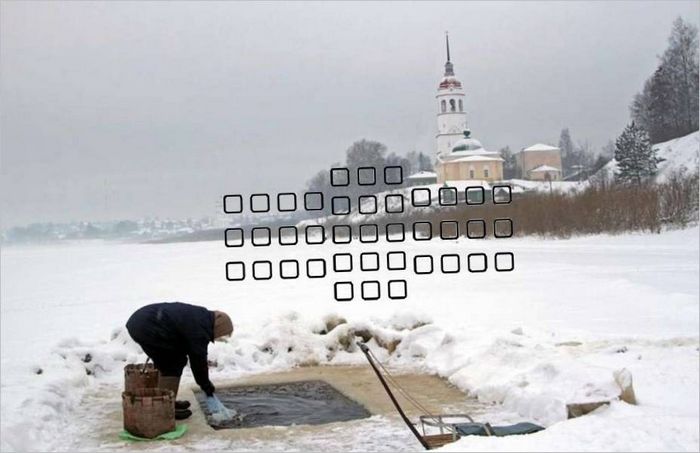
Nikon’s automatic phase focusing system has always been a strong suit for Nikon, and its implementation in all classes of cameras has enjoyed well-deserved popularity. The Nikon D600 has a Nikon Multi-CAM 4800 system with 39 focus sensors, 9 of which respond to vertical and horizontal lines. This increases the accuracy of the system. Contrast focusing is also available and used in video or tripod work in Live View mode. In this case, the focus point can be freely selected anywhere in the frame.
Exposure metering is done with a 2016-pixel RGB sensor. 3D matrix metering is supported with today’s proprietary G and D lenses, giving excellent results in most situations. For special shooting situations, both center-weighted and spot metering are available, which is standard on all modern SLR cameras. But with the D600, you can adjust the size of the center-weighted metering area.
One of the main advantages of the Nikon D600 – the ability to shoot at high sensitivities without loss of detail. The camera allows you to save a picture of the natural light pattern and not to use the flash, and get decent pictures in low light conditions. I took a series of photos at different sensitivities and compared them to the same photos taken with a top-of-the-line reporter-grade camera.
All pictures taken on Nikon D600 with sensitivity from 100 to 800 ISO, virtually no different from each other. The following series of photos were taken at sensitivities up to 3200 ISO. Noise appears in the shadow areas, but is imperceptible in a properly exposed frame. ISO 6400 is also quite usable.
You can further improve the sensitivity if you significantly reduce the size of your photos for internet or print, and before doing so you can use noise reduction, sharpening and detail preservation software.
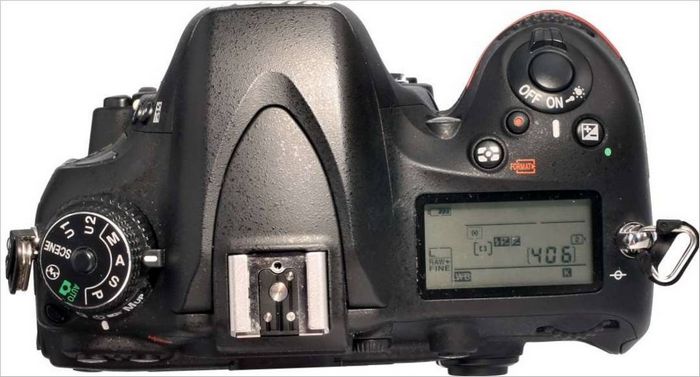
Besides an advanced exposure metering system, the intelligent software of the camera itself takes part in creating a high-quality picture. The manufacturer points out the good work of the “Active D-lighting” function.
Let’s try to find out what it is. When shooting a contrasting scene in JPG or RAW mode, the camera slightly changes the values of exposure metering for a more detailed study of light or dark areas, and then compensate for this change. That’s how the dynamic range expands.
It should be noted that the degree of impact of this camera processing mode can be adjusted as needed or turned off if you shoot only in RAW format and do not plan to use proprietary software in further processing.
In the case of shooting a very contrasting still scene, if there is no desire or experience in post-processing of the original file, you can use HDR mode, when the camera itself takes a few pictures with different exposures and creates the resulting JPG-file with acceptable quality. This is useful for high volume shoots and is a good help for newcomers.
The liquid crystal display on the back of the camera has excellent quality, its brightness is adjustable. Unfortunately, it doesn’t swivel, probably for reliability. This solution somewhat reduced the convenience of shooting from different angles.
It should be noted the built-in flash with a guide number of 12, which not only does not lower the status of the unit, but also helps to take pictures in conditions where the use of large flash is not possible. Believe me, I’ve been in similar situations: e.g. in an airplane landing gear recess only the built-in flash helped me to get the shot I needed.
The camera features the full-featured Nikon F mount, which was developed by Nikon back in 1959. With some modifications it survives to this day. That’s why the Nikon D600 can work with the world’s largest fleet of lenses. Among all this variety there are autofocus, special, wide angle and telephoto lenses, including rare American lenses with manual focus.
The Nikon D600 is also compatible with a wide range of advanced DX lenses made by Nikon and third-party manufacturers for 24×16mm APS-C sized DSLR cameras. With these lenses, the camera automatically shows the true image that will appear on the sensor on the LCD screen, and a limiting frame appears in the viewfinder for accurate framing.
All this variety of optics makes the Nikon D600 not just a camera, but a versatile digital tool for a wide variety of genres and fields of applied and fine art photography.
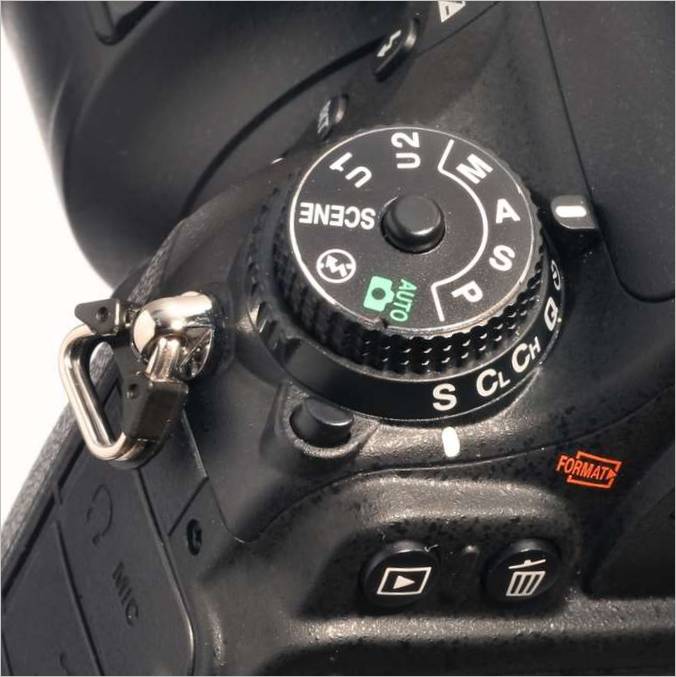
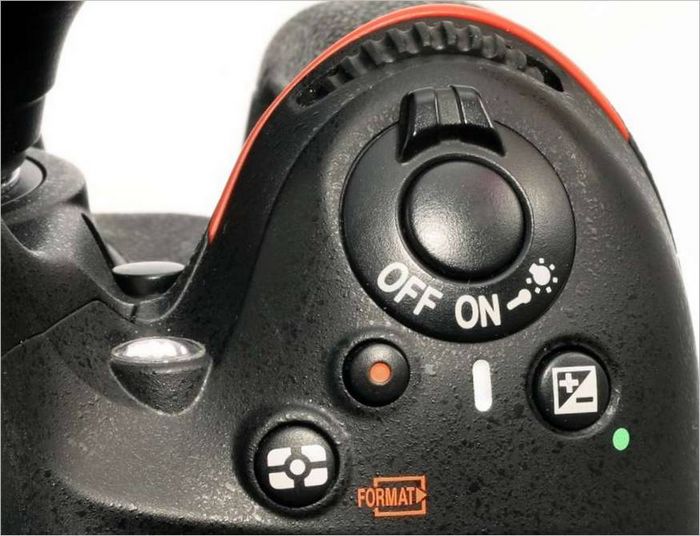
Features of the D600’s controls and settings
Although I shoot with other manufacturers’ cameras, I have always found Nikon DSLRs to be user friendly. The D600 has all the push-button controls at your fingertips. On the lower left hand dial you can select 7 shutter release modes without going to the menu. On the top control selector, traditional PASM modes designed for advanced users are juxtaposed with two fully automatic modes and 19 scene modes. Each of the many buttons is responsible for a different function.
The setting buttons, joystick and switches are intuitive. The camera menu is very advanced and extensive, with over 50 parameters that can be individually adjusted. It’s possible to give files a unique name so they can’t be confused with images taken with other cameras. You can create your own menu with the most requested functions, flexibly adjust the focus modes in different situations, control external flash modes and much more.
Sometimes you can even get confused by the features, and the best protection against such problems is to study the manual, knowing it by heart. It’s not without reason that seasoned photography pros advise to take your camera to bed at night and half-asleep to configure it in complicated situations or to close your eyes and control it by operating the buttons.
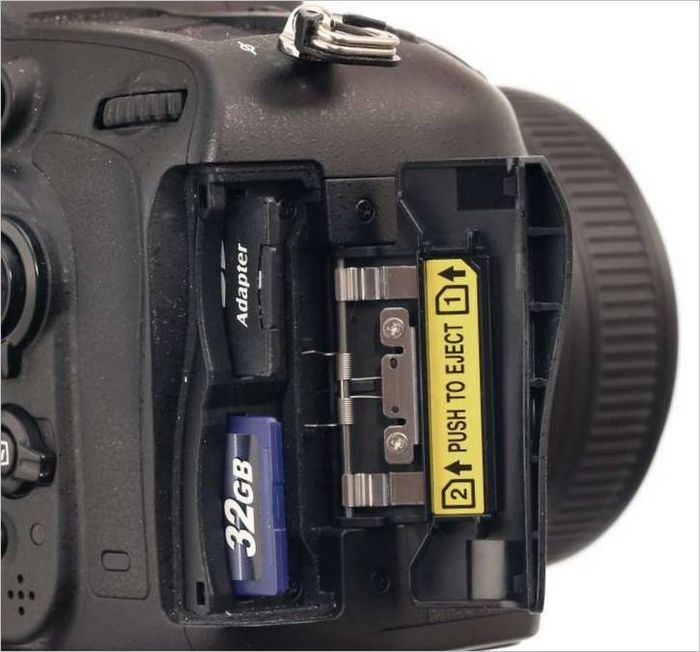
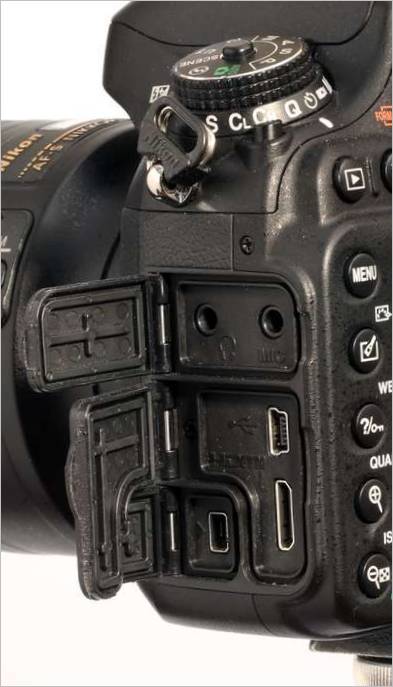
Video shooting
Videotaping has become a must-have feature on any modern camera. I’ve written about how professional TV cameramen use full-size cameras in certain situations to shoot documentaries and interviews, bringing the techniques of feature film into the genre by playing with depth of field.
It’s impossible to shoot a wedding video without an HDTV. Nikon D600 can shoot video in the necessary formats with different frame rates, keeps auto focus during shooting. The convenience of video can be improved by using all kinds of devices that are well known to professional operators. One statement may be important for photo enthusiasts: we can always shoot a short clip when we need it.
The Nikon D600 has features that not all competitors have been able to implement. I am talking about the now fashionable time-lapse photography German term, which is used in the camera manual , which is called time lapse in English-speaking countries. By placing the camera on a tripod or a special moving device you can compress time – create a high-definition video, where the sun will run across the sky for ten seconds, where you can see a flower blooming, the growth of grass in spring or bring other long processes to life.
You just have to keep in mind that for a minute of “raw” video the camera needs to take 1440 shots, which is 1/100 of the guaranteed life of the shutter. It seems to be not much, but it is possible to work out the whole resource in just 100 of these reels. So I advise to make a scenario plan before such shooting, not to shoot idly or just out of curiosity.
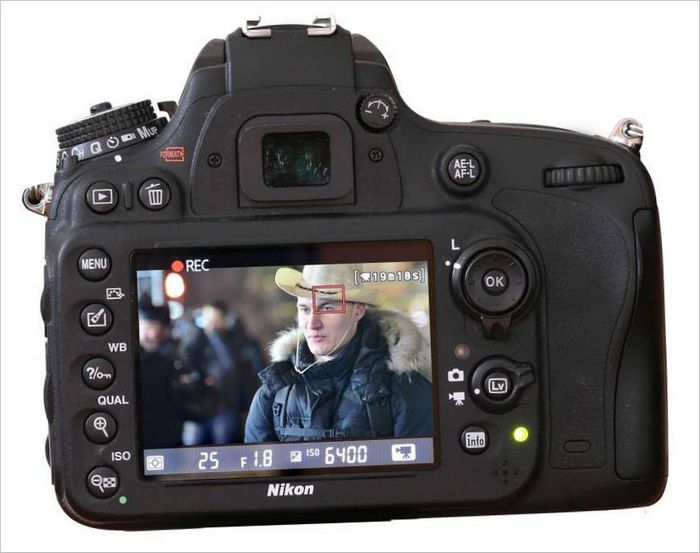
Test photography
When shooting with the new Nikon D600 full frame amateur camera, I used high-end fast lenses. They can provide good detail over the entire field of the frame, flexibly control depth of field and background blur, and are primarily designed for this kind of camera.
This is a fast zoom lens with angles from wide to medium AF-S Nikkor 24-70 2,8 G, it is complemented by a rather older, but optically very good zoom of medium and long range AF-S Nikkor ED 80-200 2,8 D, as well as a fast portrait AF-S Nikkor 85 mm 1,8 G, used external flash Speedlight SB 600.
First of all, I made it a point of testing the camera’s performance at high sensitivities before taking this shot. To do this I shot several series of sequences with a tripod, within the whole ISO sensitivity range. Both in bright daylight and at night, when noise is more noticeable in the dark parts of the image
The results showed that under ordinary conditions, ISO 3200 would be quite acceptable, and under more demanding conditions, it could be raised to even higher sensitivities.
I had a chance to compare the usability of Nikon D600 with its classmates and with top-of-the-line full-frame reporters, to understand the nuances of post-processing after shooting. It’s interesting to see what the latest budget Nikon full-format DSLR camera offers for taking pictures in different situations. I immediately identified three topics as the most interesting to explore:
– reportage is one of the most popular subjects among professional photographers
– city photography is a popular subject for amateur photographers and is actively purchased by magazines and photobanks from professionals
– Wildlife photography is difficult, but extremely interesting for everyone.
Let’s take a closer look at each of the three types of photography.
Reporting
The style of event photography has changed drastically in the past few years. Fewer and fewer flashes work during a protocol event, whether it’s a meeting of superpowers or an exchange of wedding rings in a regional registry office. Why? Above all, the photographer with a modern camera has the ability to take pictures with aperture optics.
It doesn’t have to wait for the external flash to charge, even with the optional flash system. No need to think about how to balance warm background lighting with a cool flash light source. So I set the ISO sensitivity to high and opened the aperture wide instead of using a large external flash for the report. This gave me the opportunity to work in burst mode, catching moments happening off the record of the event.
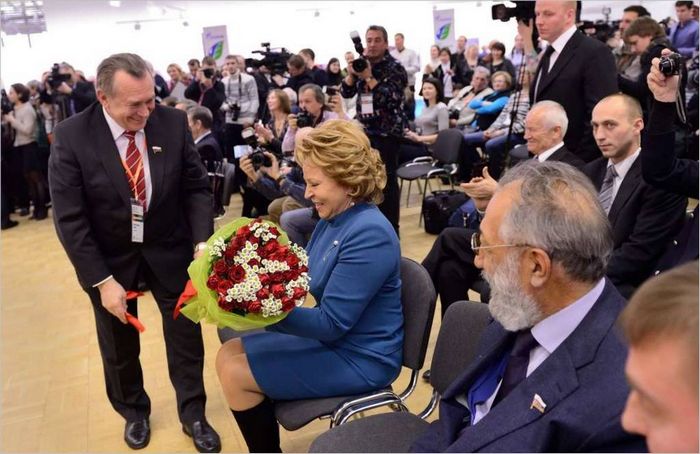
Bouquet for the Chairman of the Federation Council. Nikkor AF-S 24-70/2.8 ED lens, ISO 3200, f/3.5, 1/125 s, 5 fps continuous shooting.
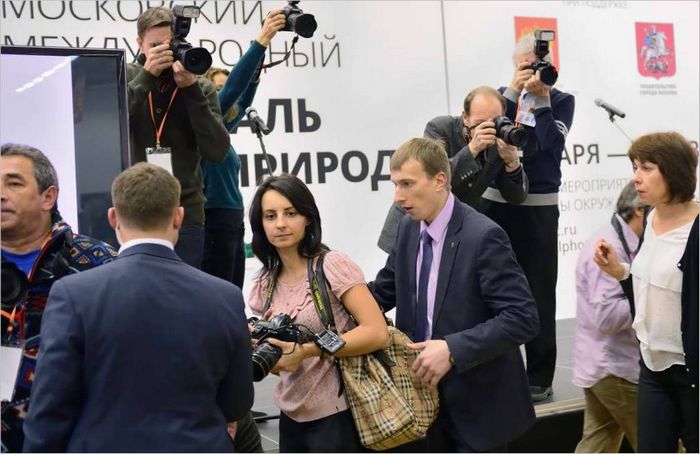
A working moment illustrating the new approach to reportage photography. Colleagues with cameras of yesteryear have external flashes, reporters with recent models no longer have these flashes. Nikkor AF-S 24-70/2.8 ED lens, ISO 2000, f/3.2, 1/100 s, 5 fps continuous shooting.
RAW+JPG was shot to test the accuracy of the auto white balance system. The scenes were illuminated by a variety of light sources, including fluorescent and incandescent bulbs. Auto White Balance handled this challenging situation well.
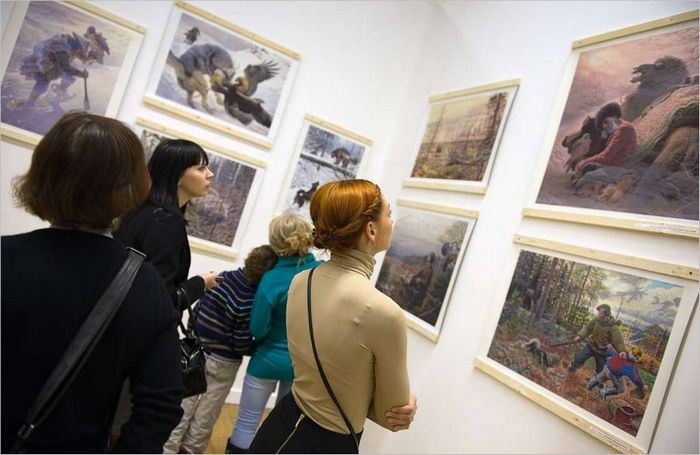
Photo from the exhibition. The image with the diaphragm fully open shows the excellent quality of the optics and sharpness accuracy in reportage mode. Nikkor AF-S 24-70/2.8 ED, f/2.8, 1/100sec, ISO 1000.

A snapshot by famous wildlife photographer Igor Gushchin. The long focal-length lens focused instantly, the continuous shooting mode helped me avoid blurry details on the long focus and capture the emotion on the hero’s face. Nikkor AF-S 80-200/2.8 D, f/3.5, 1/200s, ISO 3200. Auto white balance.

To depict the scale of the event and the number of people listening to the story of the famous blogger Igor Shpilenok, you would need to use fisheye. I didn’t have it with me so I turned off the focus system and shot a series of JPG’s that I used to compose a panorama with an image processor. Note: shooting with a handheld flash would not have given me the kind of illustration that then appeared on the newswires. A series of shots with a Nikkor AF-S 24-70/2.8 ED, ISO 1600, f/4.5, 1/100 second, focusing on the first row of spectators.
Daytime shooting at sensitivities from 100 to 3200 ISO
In order to find the maximum possible sensitivity to use when the balance between the noise and the details of the image is sufficient to speak about the quality result, I made a series of technical photos during the day and late night and compared the result with the oldest models of the cameras.
I think you can get good results both by day and at night at sensitivities up to 4000 ISO. 6400 ISO sensitivity already requires fine post-processing in different programs. At the extremes of H-1 and H-2 which you can roughly correlate to 12,800 ISO and 25,600 ISO respectively , the result cannot be called good, which is logical.
For the ability to work at such extreme sensitivity modes, you will have to pay about 140,000 Dollars more to buy a completely different camera.
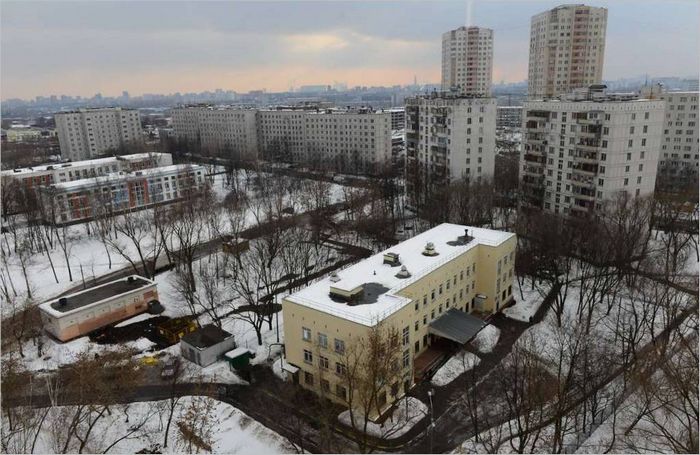
100 ISO
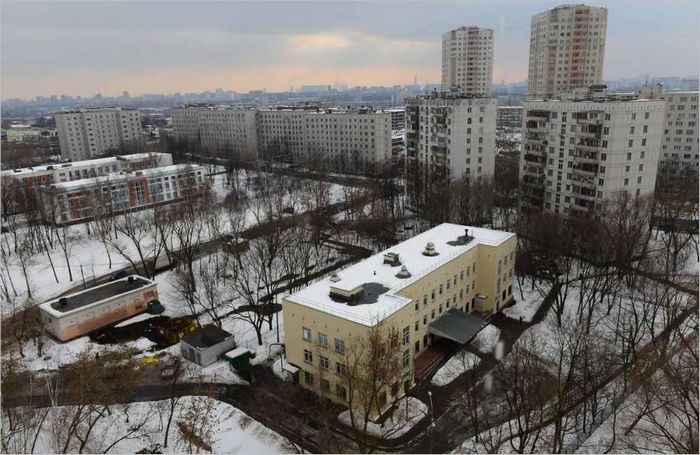
200 ISO
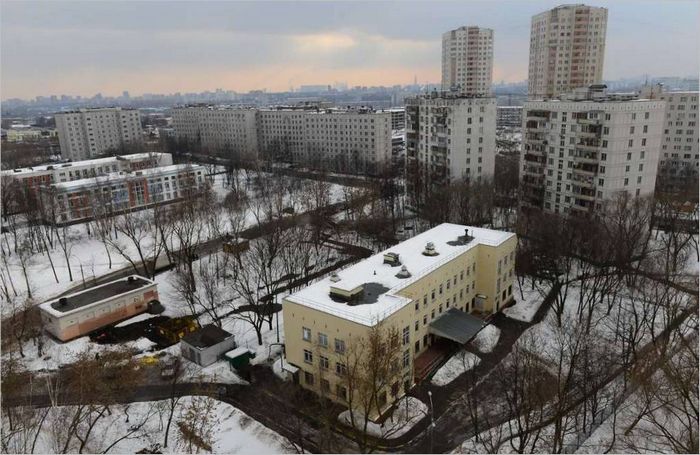
400 ISO
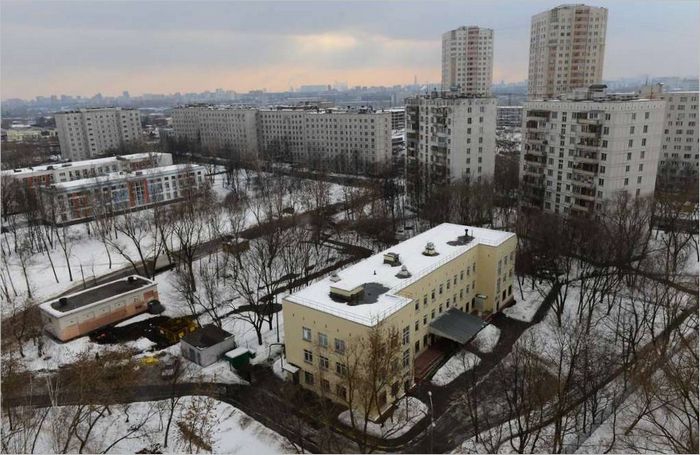
800 ISO
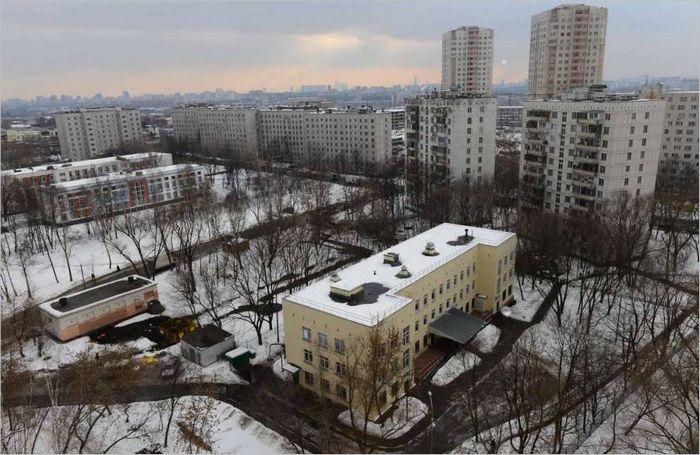
1600 ISO
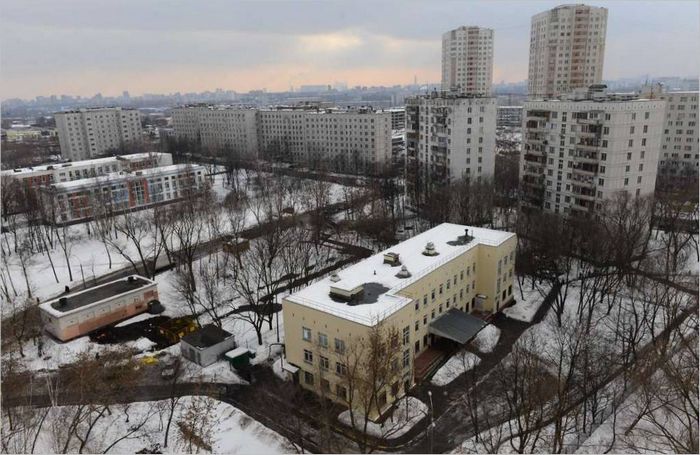
3200 ISO
Night Scene shooting at sensitivities from 100 to 12800 ISO
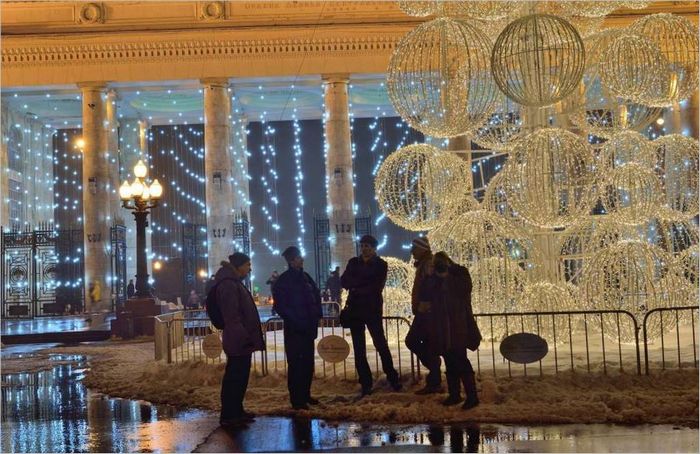
100 ISO -Night
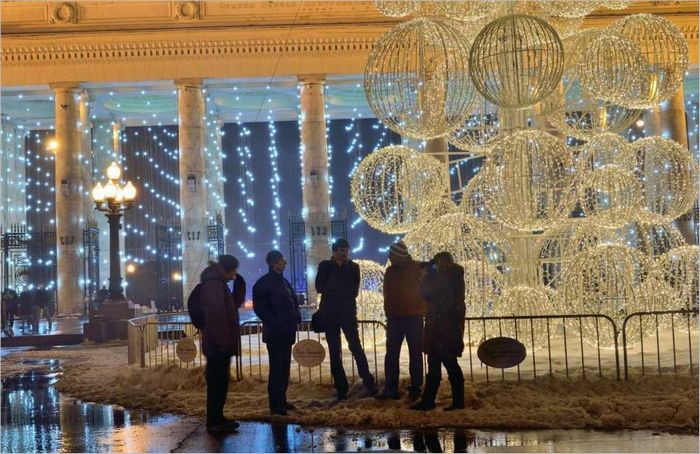
200 ISO -Night
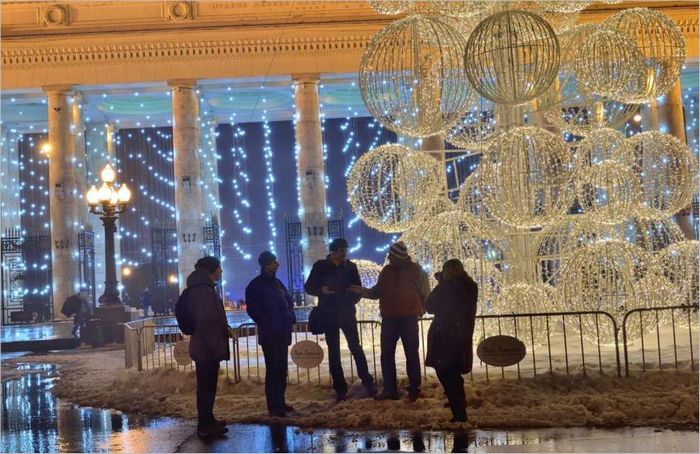
400 ISO -Night
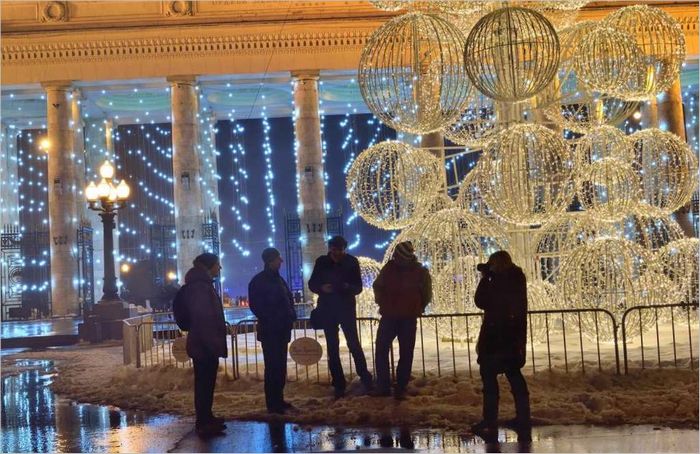
800 ISO -Night
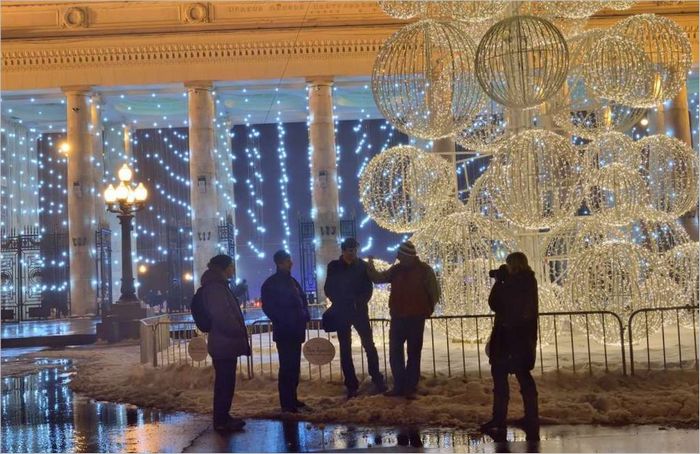
1600 ISO -Night
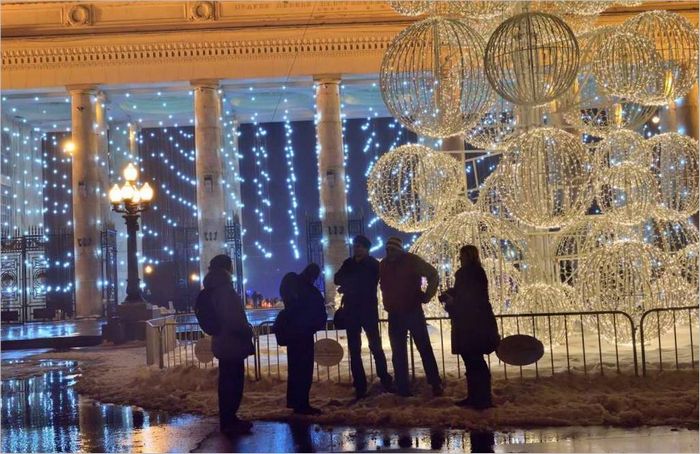
3200 ISO Night
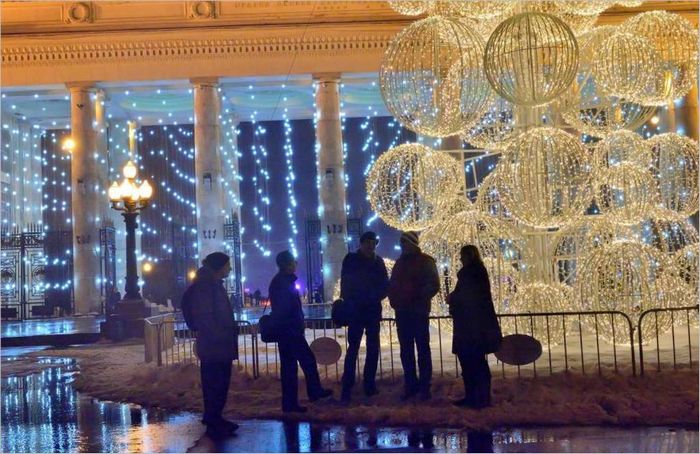
6400 ISO Night
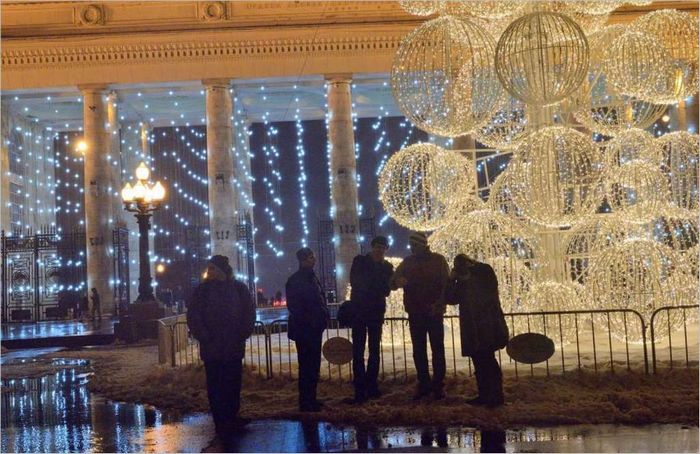
12800 ISO with noise reduction turned off
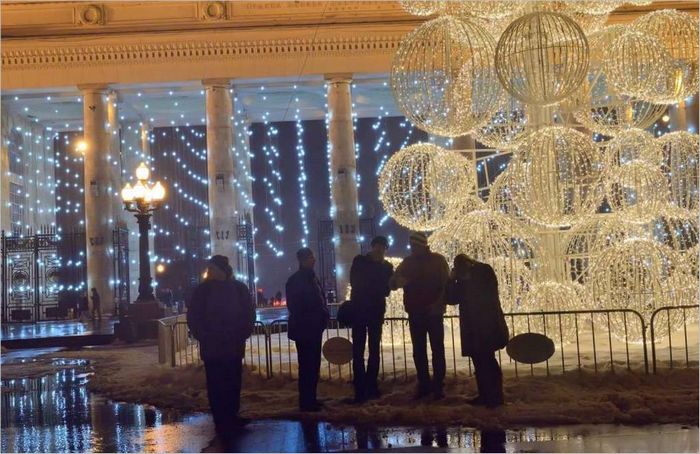
12800 ISO with noise reduction turned on
Day and night city photography
In shooting megapolis it is important for me to frame the scene without unnecessary things like wires, cars parked chaotically, and garish advertisements.
Leave this kind of scene to south-east Asia or India, it looks great there. To take a picture of New York, rising from the ruin of the beginning of the new century, it is better to use a holiday, when the office people are away from the center of the city, in the early morning or in the evening, when the light is most interesting.
Cityscapes are not without their finer geometric details, this would be a good test of the geometric distortion of the optics and the ability of the sensor, processor and lens to capture these finer details adequately.
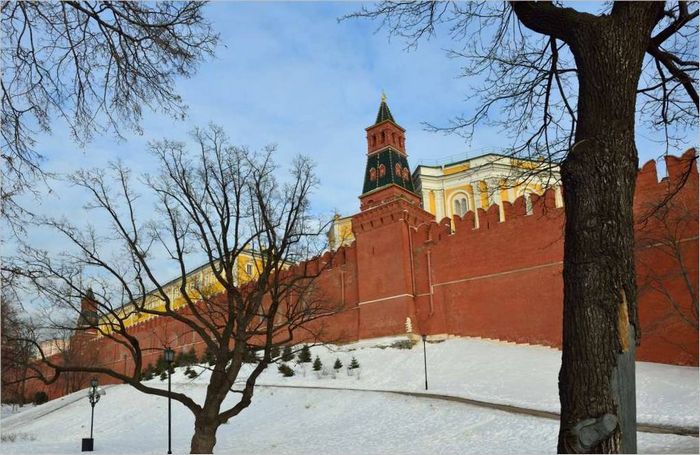
Warm sunset straight light is no problem for taking pictures, an easy task for the camera’s exposure metering system. Excellent detail throughout the field, with no chromatic or geometric distortion. No loss of highlights or shadows in the picture. Auto white balance did not lose the slight warmth of the light, as it should in the evening light.
The landscape mode was used to increase the saturation, although this operation could be done more subtly after shooting, in a graphic editor. Nikkor AF-S 24-70/2.8 ED lens, ISO 400, f/11 for great depth of field , 1/250 sec.
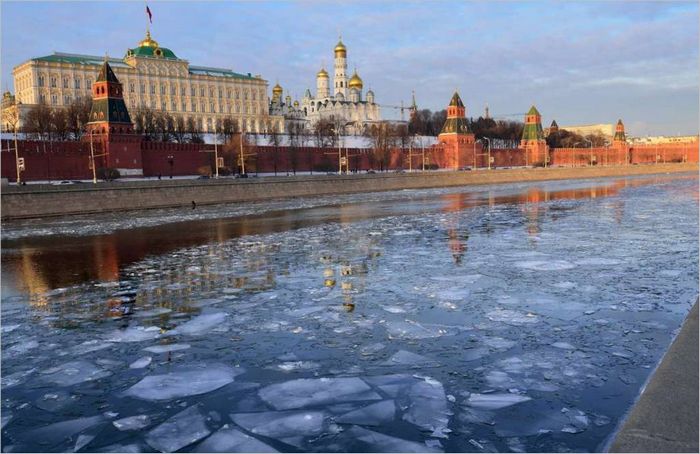
Similar scene with the same requirements, only I focused on the foreground. Since the scene was very saturated, landscape mode was turned off so the colors would not be noxious. Nikkor AF-S 24-70/2.8 ED, ISO 140, f/11 for great depth of field , 1/50s, exposure compensation -1/3 EV for a slight darkening of the foreground.
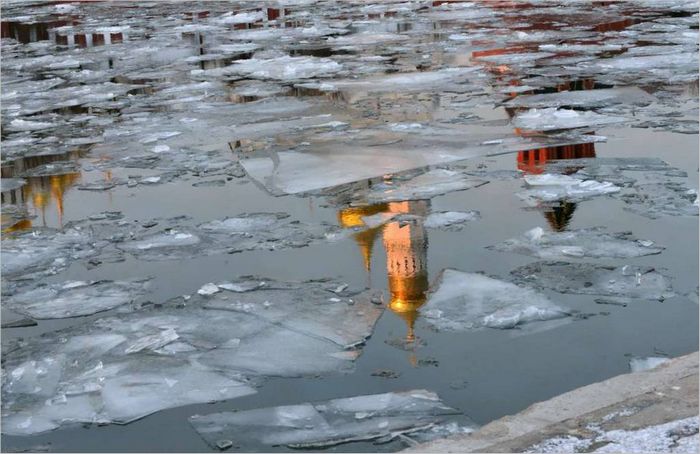
Detail of ancient city architecture reflected in water among floating ice floes. Of course, no autofocus can handle such a scene. Focusing by Live View in manual mode, apply the screen magnifier function for accurate focusing, then press the shutter at the moment when the outline of the Ivan the Great Bell Tower appeared between the ices. Nikkor AF-S 80-200/2.8 D lens, ISO 1100, f/11, 1/50sec, 5fps continuous shooting to minimize camera vibration.
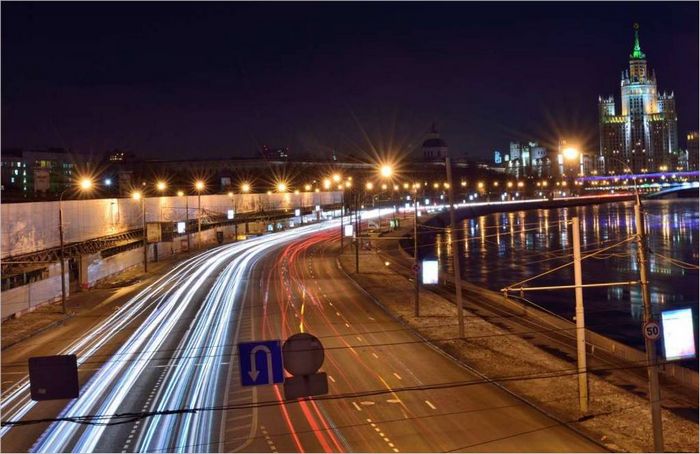
To create plumes from car headlights I took a long exposure with a tripod. And to get that most assuredly long shutter speed, the lowest sensitivity L1, which is obtained with the camera processor and corresponds to about 50 ISO. Nikkor AF-S 24-70/2.8 ED lens, ISO 140, f/22, 30 sec.
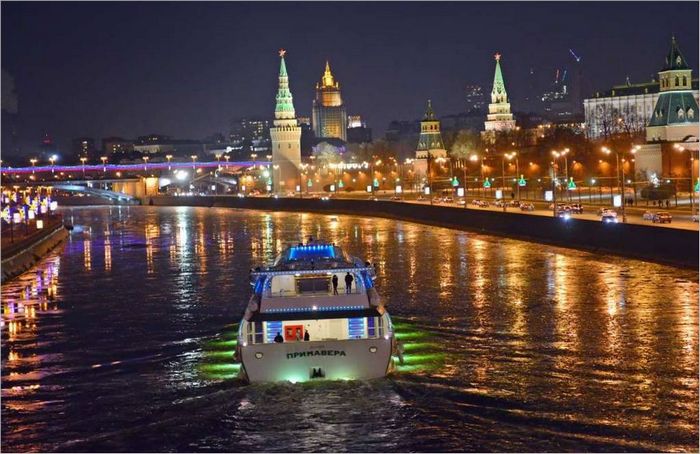
Opposite situation. Shooting on the spot, when suddenly a brightly colored ship appeared in the frame. Lens and camera instantly focused on the subject, AUTO ISO gave me the optimal settings for sharp shots. Nikkor AF-S 24-70/2.8 ED lens, ISO 3200, fully open aperture f/2.8, 1/100 s. If I controlled the parameters myself and had a little extra time, I would close the aperture a little and increase the shutter speed to 1/30 s.
Shooting in the wilderness
Shooting in the field, often long, in conditions of temperature changes, high humidity or snowfall requires a camera to be highly reliable, perfectly protected from dust and moisture. To find out how the Nikon D600 would behave in the wild, I took a short trip to Prioksko-Terrasny Reserve, whose management allowed me to photograph bison for a few days.
Early in the morning, even before sunrise, I left the forest ranger station at the south of the park and immediately pulled out my camera to capture the overcast morning gloom. It didn’t succeed on the first try and it was my fault. The camera stubbornly produced a bright, daytime image, losing the light of the lamp in the window. The automatics didn’t know that it was important for me to keep the twilight. The minus 2-step correction helped to correct the situation and get the right image.
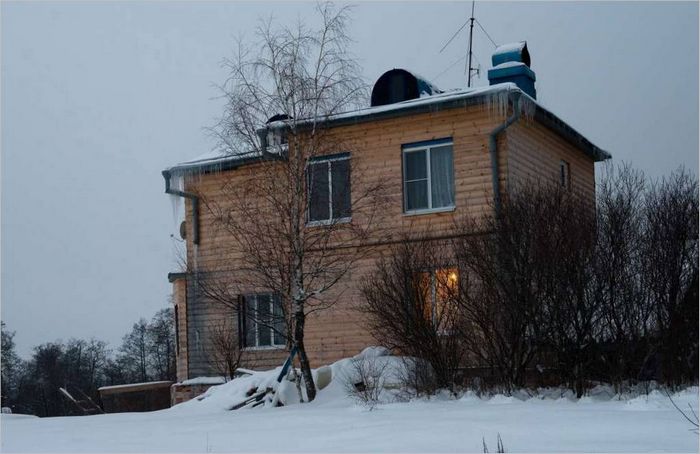
Tripod shooting, Nikkor AF-S 24-70/2.8 ED, ISO 400, Live View framing and focusing, f/7.1, 1/20 sec, EV compensation -2 EV.
The next shot was for a travel site. There was no one to help. The shutter lag control and the ability to flexibly set interval timer photography came in handy. With a camera of a similar class from another manufacturer I would not have been able to solve a similar problem, which may occur to anyone who wants to make a self-portrait in motion.
I focused manually on where I was supposed to pass, set the shutter release delay to 20 seconds, told the camera to take 9 pictures at 1-second intervals. Then I put on my backpack with my equipment and went the right route. One of the shots turned out quite well.
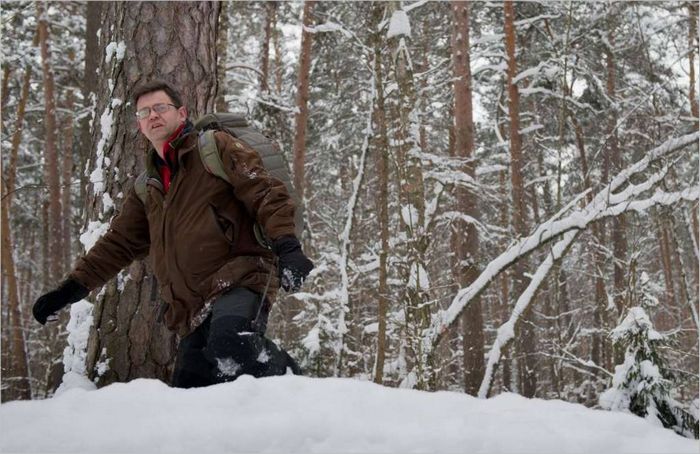
Nikkor AF-S 24-70/2.8 ED lens, ISO 400, f/4 for defocusing the background , 1/500s, exposure correction -1/3 EV.
Taking pictures in freshly fallen snow of contrasting subjects such as dark bison is a tricky job. Especially when lying in the snow, when the steam from breathing condenses on the surfaces of the camera, and on the viewfinder in particular. So I decided to shoot RAW+JPG, and make fine adjustments later, with Nikon Capture NX 2 v. 2.4.0, which is available on the company’s website for free two-month use.
This solution proved to be right: the “native” converter takes into account many parameters of the optics, corrects chromatic aberrations and delicately works with shadows and highlights, pulling out the necessary information. Similar work in the Adobe ACR converter is also possible, but requires considerably more experience.
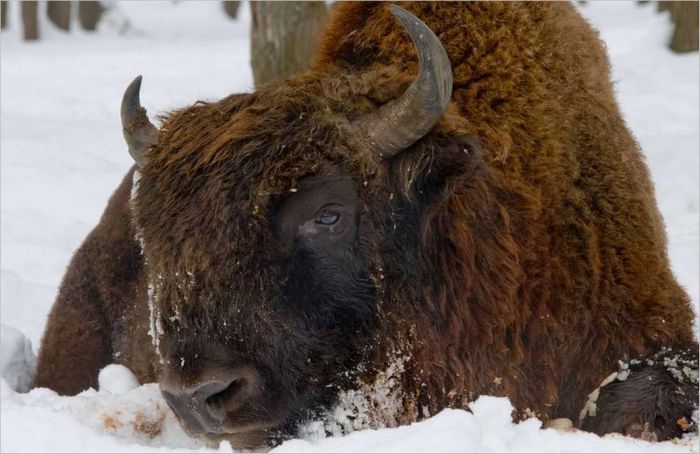
Adult bull. Nikkor AF-S 80-200/2.8 D lens, ISO 640, f/11 for great depth of field , 1/250 sec, exposure correction -2/3 EV to remove the contrast of the dark bison against the white background.
A telephoto lens lets you get up close to Europe’s largest mammal, which is impossible to see in normal life.
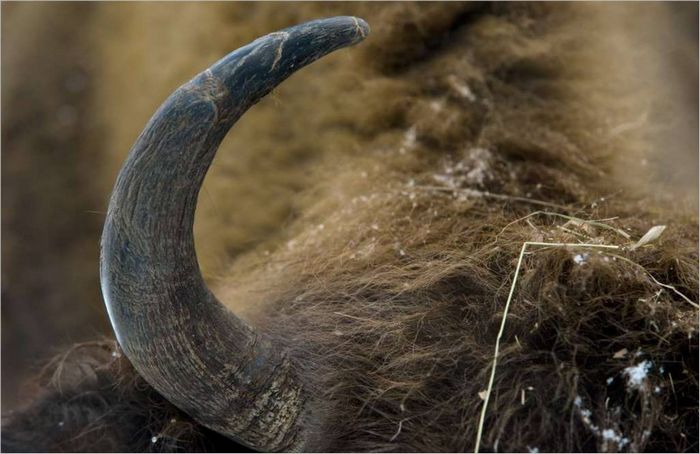
In this scene, we don’t need a great depth of field, so we can safely open the diaphragm, defocus the background and emphasize the focal point with the powerful horn of the animal. Nikkor AF-S 80-200/2.8 D, ISO 400, f/4, 1/640 s.
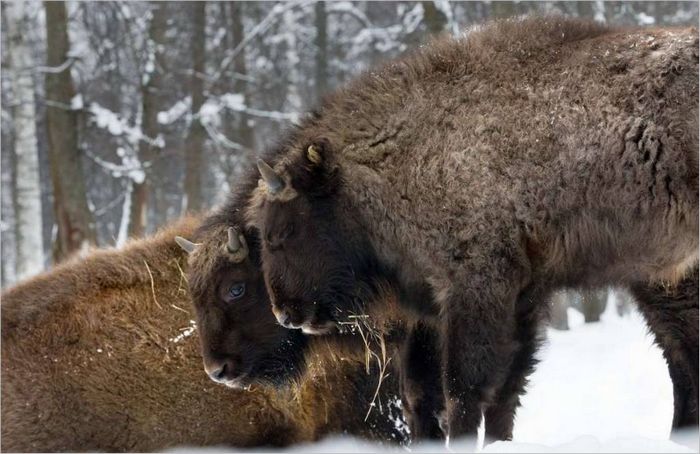
I put the camera in the snow and brought it to the foreground. The snow completely lost its detail, covering the tracks of animals that I didn’t want to see in the frame. Nikkor AF-S 80-200/2.8 D lens, ISO 1600, f/8, 1/500 sec.
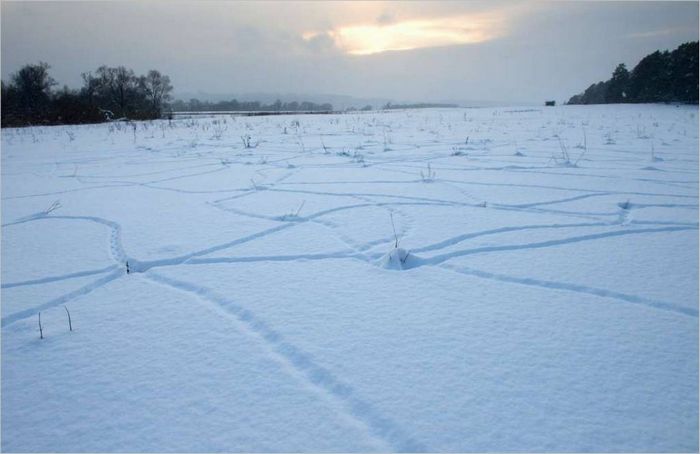
Ptarmigan feeding traces in a field that is lit by the setting sun. The complicated color situation was handled by the camera well, retaining both details in the sky and the texture of the snow. The blue shadows, which are characteristic of evening time, are not lost either. Nikkor AF-S 24-70/2.8 ED lens, ISO 200, f/10 for great depth of field , 1/320 sec, exposure compensation -1/3 EV.
We can say that the camera is perfect for nature photography, it is well protected from adverse weather conditions. It is worth noting that in order to realize all of the camera’s capabilities, it is desirable to use high-quality optics.
Conclusions
Based on the long test shooting, we can conclude that if you plan to buy a full-frame camera with capabilities sufficient or superior to the needs of an advanced amateur photographer, if you do not then need to print photos not just large, but huge size, if you have the money to buy at least one fast high-end lens, Nikon D600 is worthy to fulfill all the tasks set.
If you intend to do professional photography, such as working in a studio, then you will need a top professional camera.

This article seems to talk about the Nikon D600 camera and how it performs in capturing every detail in full frame. As a reader, I’m curious to know if this camera is suitable for professional photography projects and if it offers good value for money compared to other full-frame options in the market. Additionally, I would like to know if the image quality and color reproduction truly meet the expectations of photographers.
Wow, this Nikon D600 test seems promising! I’m really interested in getting a full-frame camera, but I’m wondering what exactly makes this model stand out. Could you please elaborate on the specific details and features that make the Nikon D600 worth considering?